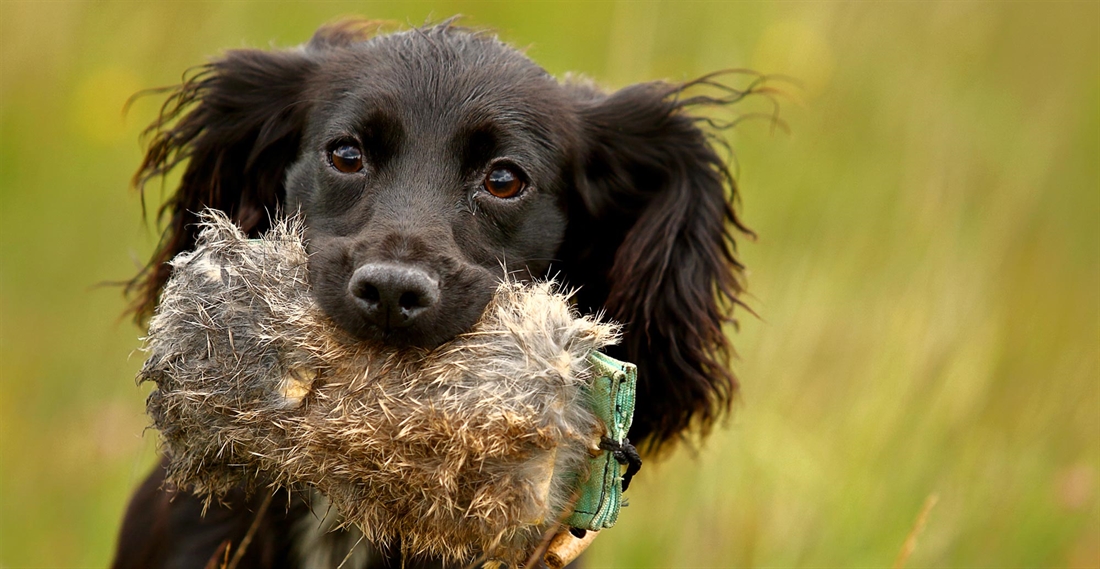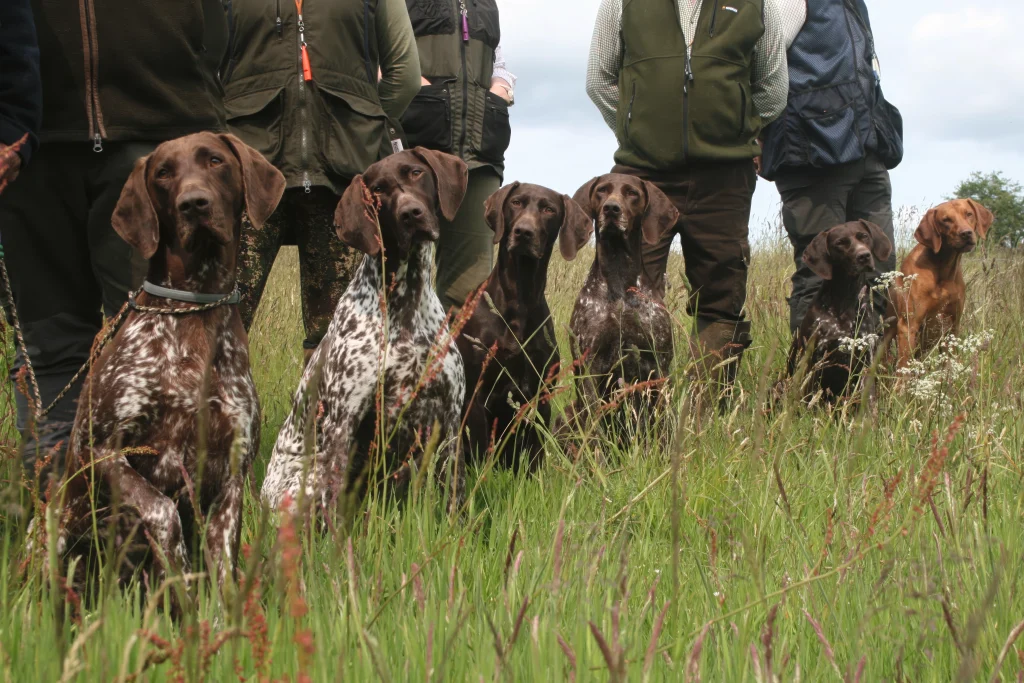Getting the basics right
Gundog Journal answers your questions about basic gundog training.

Q: After three months of daily training my dog walks perfectly on the lead in the field where the training takes place but forgets it all when walking anywhere else. I can stop and say heel and she moves back into position, but as soon as we move on she is pulling again. What am I doing wrong?
Jayne Coley: You say, dog and not puppy, which suggests you began to concentrate on heelwork when she was fully grown? I think it’s vital to teach a puppy to walk to heel from an early age. I normally begin when the puppy is about four months old. It’s also important to start as you mean to go on, making it fun and relaxed, but teaching your puppy to walk to heel correctly. I usually start indoors, making sure there are no distractions. Hold a treat in your hand – not far from your puppy’s nose, to get her in the correct position by your side, and repeating the word ‘heel’ in a light tone, slowly walk for several paces. Your puppy will be focused on the treat, but doing just what you want her to do. When I stop, I then introduce the word ‘sit’ and, at the same time, gently push her bottom down, immediately rewarding with a treat and praise. These invaluable lessons will last only a couple of minutes initially, slowly building on success, and by the time the puppy is ready to start formal training, heelwork on and off the lead should have become second nature, without the use of treats.
To train your present dog to walk to heel, concentrate on getting her to focus on you by using treats and, importantly, make these sessions short and interesting so she does not get bored. Walk at different speeds – not just in straight lines – turn left and right encouraging your dog to turn with you, and introduce sit and stay progressing to retrieving, etc. It would be a good idea to get a friend to train with you in your field, to get her used to heeling in company. Also take her out and about more on the lead, where you are likely to come across all sorts of distractions, people and dogs, all the time focusing on good heelwork. Heelwork is an everyday discipline, so be consistent.
Q: My young springer was excellent at retrieving canvas dummies all through his training but now that he has picked up fur and feather he will not pick up canvas dummies. Can you help with any advice?
Jeremy Organ: I have encountered this sort of behaviour over the years and more often it’s cockers that do it.
Sometimes a dog never goes back to picking-up dummies satisfactorily again, but try putting some pheasant wings on to a dummy with elastic bands and send the dog for a couple of retrieves and if it is picked and delivered well, over the next couple of training sessions you can remove one wing so that half the dummy is canvas and half wing. Then if pick-up and delivery are satisfactory you can eventually remove the other wing and see how it goes, as you can always go back to putting a wing or two back on again.
Or you can just use a wing covered or rabbit skin covered dummy all the time if you just want to improve or correct any of his retrieving exercises.
Q: My dog gets confused when I send her to pick a bird and there is another bird dead on the ground close by – she will swap birds a few times before returning to me, sometimes with neither of them. How do I tackle this?
Laura Hill: It isn’t really confusion, but rather a demonstration that she is not ready to be working in the shooting field yet. Your basic training is not firmly in place. Your dog should have been taught from an early age that once she has picked the retrieve she must return directly to you with it, without hunting on or swapping.
Seeing multiple birds around the pegs to select from is extremely tempting, and a poorly trained dog is likely to want to swap or even attempt to bring back two birds at once. This is something that needs to be addressed on dummies away from the shooting field first, before returning to work with freshly shot game.
Seek out an experienced trainer who can help you with some recall and retrieve exercises to rebuild a solid retrieve habit.
Related Articles
Get the latest news delivered direct to your door
Subscribe to Gundog Journal
Unlock the full potential of your working dog with a subscription to Gundog Journal, the UK’s only dedicated magazine for gundog enthusiasts. Published bi-monthly, this authoritative resource delivers expert training advice, in-depth interviews with top trainers and veterinary guidance to help you nurture a stronger bond with your dog.
With stunning photography and thought-provoking content, Gundog Journal is your essential guide to understanding, training and celebrating your working dog.
Save 10% on shop price when you subscribe, with a choice of packages that work for you. Choose from Print & Digital or Digital only with each journal delivered directly to your door or via the app every other month, plus access to past issues with the digital back issue library.







